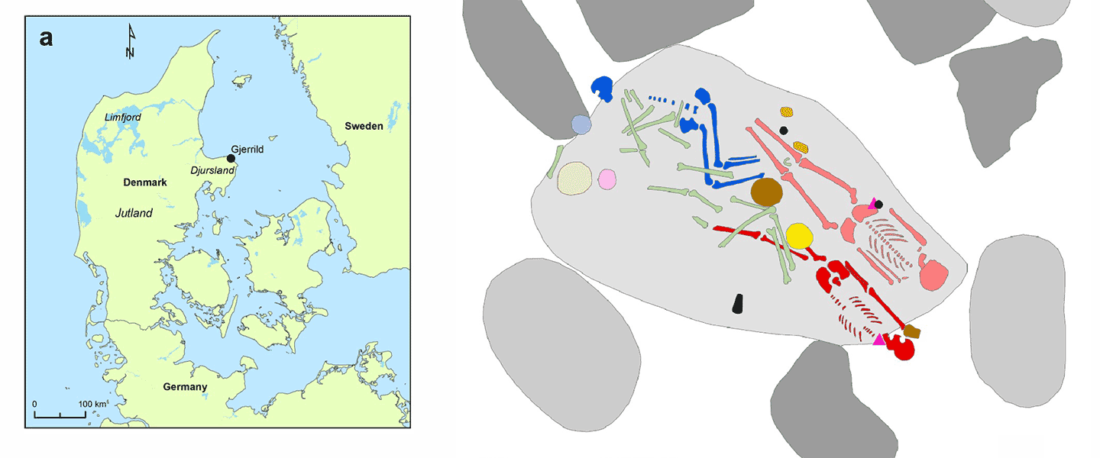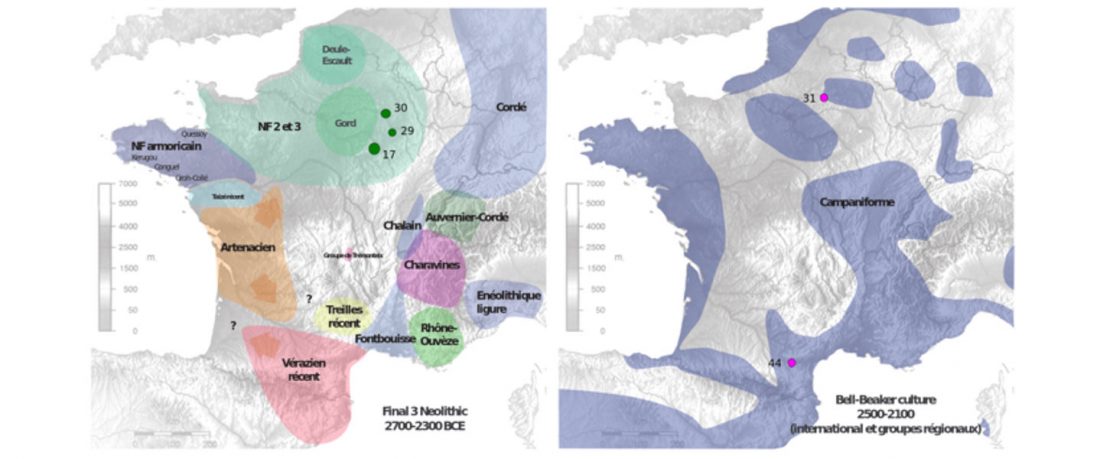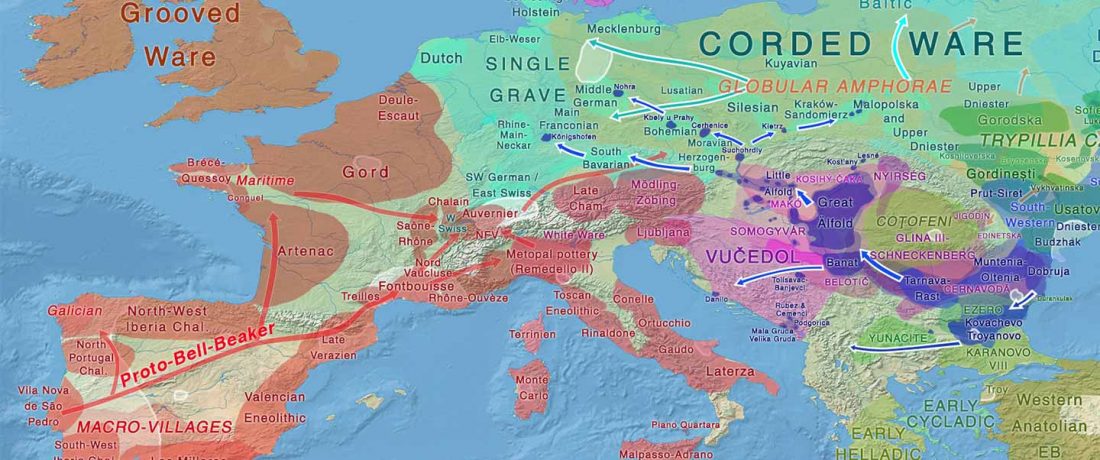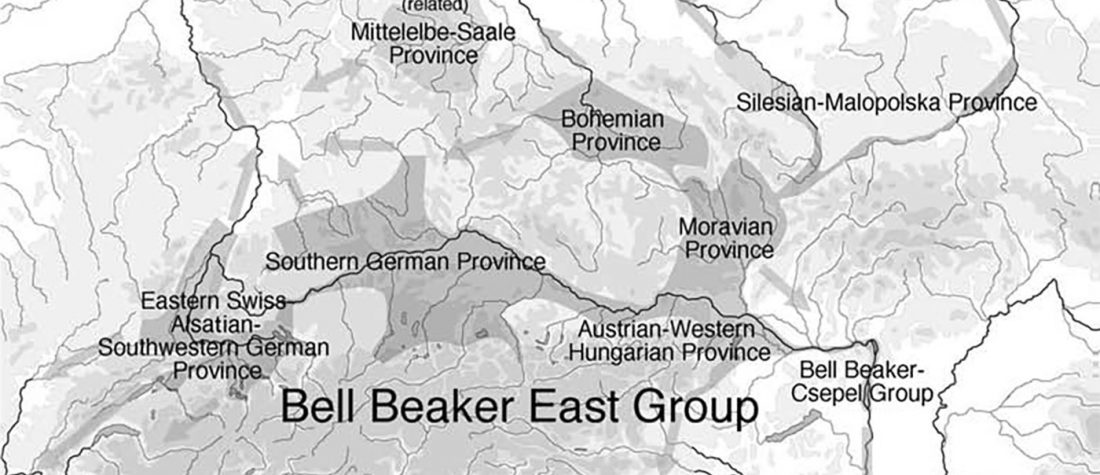Open access Genomic Steppe ancestry in skeletons from the Neolithic Single Grave Culture in Denmark, by Egfjord et al. PLoS One (2021).
Relevant excerpts (emphasis mine, content under CC-BY):
Gjerrild stone cist
… Read the rest “Recent Yamnaya-related intrusion in a Denmark Late Neolithic burial”The Gjerrild stone cist in northern Djursland, eastern Jutland, is remarkable for containing the largest and best-preserved assemblage of SGC skeletons known from Denmark. From this follows a unique opportunity to obtain information on the genetic ancestry of people representing the SGC in Denmark. In the cultural history of Neolithic Denmark, northern Djursland is peculiar as this area lacks finds from the final TRB period but






